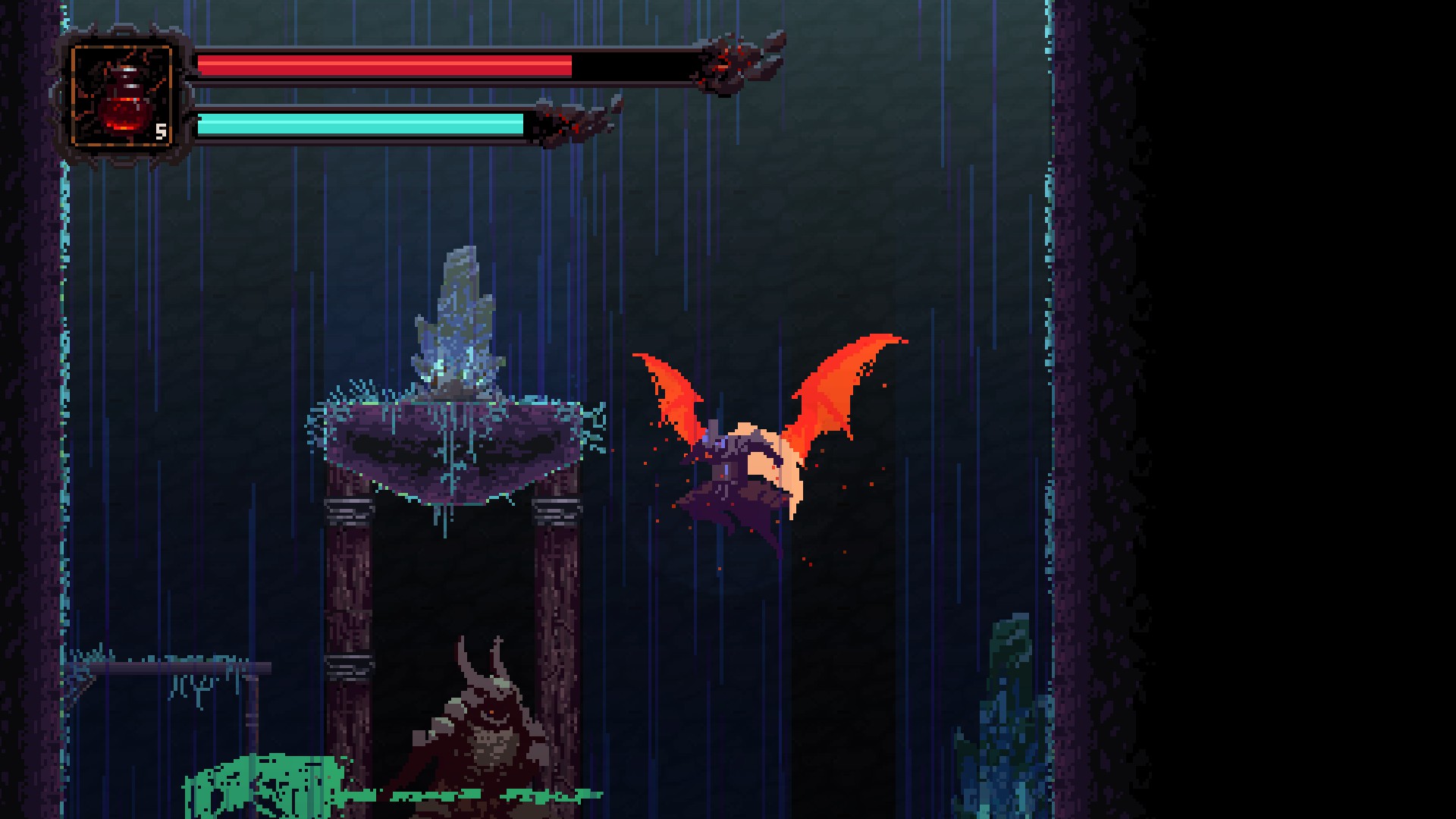Demon Peak Mac OS
Apple's first non-desktop Mac weighed in at nearly 16lb and was a beast at 4' thick, 15.25' wide and 14.8' deep. The Power Mac 6100/60 hardly felt like a speed demon with its 60MHz PPC 601 CPU. In Demon Peak, you play as the nameless warrior, trapped inside the depths of an unholy Mountain. Explore the mysterious and perilous enviroments, fight against a multitude of different enemies.
If you'd like to support our preservation efforts (and this wasn't cheap), please consider donating or supporting us on Patreon. Thank you!
| Speed Demon |
|---|
Developer: Cerberus Development This game has a hidden developer message. |
This 3D action game simulates a cross-country race and a demolition derby.
Expiration Date
ALRTs 136 and 137 pertain to beta test releases.

Hey You
The TEXT/styl resources are a message from the programmer, Frank Kane.
| Hey you, what are you looking for in my resource fork? If they can put little messages to people in the resource fork of Marathon, then hey, so can I. If you're being nosy because you're thinking about writing some sort of a level editor for Speed Demon, good luck! Most of the stuff is set up in resources, and I even left the templates in for you. I also was nice and left the graphics in unadulterated PICT resources, although I do compress them within the game. However, some of the earlier game data, such as the materials and 3D objects that aren't set up as 3DMF objects, are in very twisted places and formats. Look in the data forks of the state files for clues. When you give up because you don't realize that most y values are multiplied by two in the game, just send me an email begging for help at fkane@sierranet.net. I'll be glad to help. I might even give you some source code. Hey, I'd like to have a nice gui-based level editor myself! -Frank |
Demon Peak Mac Os Catalina
BIAS Inc. unveiled Peak 4, an upcoming version of the stereo waveform editing application for the Mac, today at NAB2003. Peak 4 adds support for Audio Unit plug-ins, Apple’s audio plug-in standard for Mac OS X; in fact, the application will be Mac OS X only.
Several Audio Units plug-ins are included as part of Mac OS X 10.2, including Bandpass, Delay and others. They’re accessible from within the Peak 4 Audio Units plug-in menu. You can mix and match both VST and Audio Units plug-ins with the five available inserts.
Peak 4 also adds multi-processor support, Redbook CD burning directly from within the Peak application, new DSP (Digital Signal Processing) tools, and a brushed metal appearance. Also, several interface elements have been modified and relocated to be more user friendly, according to BIAS.
For example, the elements of the Contents Window — which stores a library of markers, loops and regions associated with a file — can now be accessed from an audio document drawer that can either be open or closed, eliminating the need for a separate floating window. The naming of markers, loops and regions from within the drawer will automatically update in the audio document; also, playback can also be initiated from within the drawer.
Demon Peak Mac Os Update
The drawer also includes live, cursor location information, which you can have appear in a transparent cursor overlay as well, if you wish. The contents of the Cursor Palette window have also been moved. Cursor mode buttons such as the Selection Tool, Magnifying Glass, and Pencil Tool can now be found in the top right-hand side of the audio document window.
With Peak 4, the Toolbar can be resized into a number of different shapes and orientations, and the toolbar buttons are resizable from 16 x 16 to 64 x 64 pixels. Finally the Overview window can now be shown or hidden with a disclosure triangle and the audio document window itself features live resizing.
Peak’s built-in DSP tools have been improved. A new convolution-based sampling reverb algorithm has been added which uses a library of impulse responses and supports real-time preview. Additionally, you can create and import your own impulse responses.
Harmonic Rotate can “twist” your signal’s harmonics by rotating the frequency spectrum. And Peak 4 includes a new Bit Usage display, and Squeeze, a compressor/limiter VST plug-in. More control has also been implemented in some of the existing DSP functions. For instance, dynamic envelope control has been added to the Time Compression/Expansion, Add, and Mix functions.
A number of other enhancements to Peak include importing and auditioning of sub-segments from audio CD tracks, QuickTime movie looping, QuickTime movie playback during recording for dialog replacement, a Markers From Tempo feature and an audition option in the Open File dialog.
Peak 4 will ship in the second quarter of the year with a suggested retail price of US$499. (Version 4 of Peak LE and Peak DV are due shortly after Peak 4’s arrival.) Upgrades to version 4 will be $149, though anyone who buys Peak/Peak LE/Peak DV 3 after April 1 gets a free upgrade.